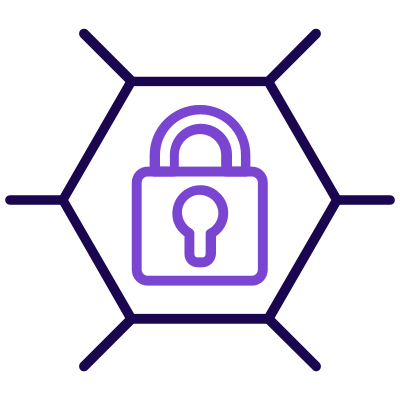The days when successful end-user happiness was measured by network uptime, has long gone. Today, customer satisfaction, staff productivity, cost savings and brand recognition are all thrown into the end-user mix as a business performance indicator.
It’s quite simple and not a new phenomenon – users are focused on what works and how well it works – be that your customer or your employee engagement. The challenge is that it has become trickier to measure end-user satisfaction since moving to the cloud has increased our dependency on networks and good application performance requires good network performance. The network serves the employee-facing application and ultimately the customer end-user. If the network isn’t matched to the application requirements, performance will suffer.
The level of network performance and optimisation applied should therefore be closely linked to the critical space of applications or workload for the organisation. Your cloud provider should meet this need and provide appropriate services to structure your business to enable you to ensure end-user application satisfaction and monitoring.
Why You Should Measure End-User Experience?
Continuous Productivity
End users typically do not have the technical understanding or skill of the product/service provider. It is all about how long it takes an individual to perform a specific task within a designated application, regardless of how many network hops, data calls and other application elements are utilised in the process.
Accessibility
Any limitation or glitches that cause a delay in production or research will amount to your user not being able to meet a deadline and your customer satisfaction diminishing. No user should have to wait to fulfil a task – there is too much competition in business – your customer can and will move on to the next supplier that is quicker and more accessible.
Credibility And Security
End-users want to trust the product or service offering provided. They need to believe that the system will last and recover the same information/service timeously and accurately, as and when needed.
IT Added Value
IT staff do not have the time to contemplate the symptoms of a problem, since solutions must be implemented promptly to avoid the cost implication for the business. If the staff-facing end-users are content, IT staff is free to focus on activities that bring incremental value to the business, rather than constantly responding to interruptions and fighting fires in an attempt to minimize loss of revenue and productivity.
The results of real end-user monitoring also point the way to areas where additional investments can be justified to improve user productivity and customer satisfaction.
Speedy Problem Solving
The speed of resolving user issues is a critical factor when increasing user satisfaction – the speedy resolution of staff and therefore customer issues, build business loyalty.
Preventing Issues Before User Impact
The key is to find issues before they even reach the end-user. IT staff should be enabled to easily identify, diagnose and pre-empt the technical issues that can cause the most damage to your organization. They need to find the root cause and resolve the issues before the problems magnify. They need a comprehensive oversight of actual, measurable variance in end-user experience that is tied to the underlying infrastructure performance – not anecdotal generalities such as “the system seems slow”.
E.G. A SaaS application performs poorly and has an eight second login response time for end-user. It would be easy to spot a complete slowdown in a specific network area, but only experts that understand that the database call for this transaction should take two seconds, regardless of the area network slowdown, will be able to pinpoint the origin of the problem.
To execute this preventative solution, you need a tool that drills down to the application level, to identify challenges and provide quick solutions. It should give you automatic, continuous identification of all apps in use and monitor the delivery path regardless of device type (server, workstation, IP phone, video conference system, router, switch, firewall, wireless access point, load-balancer, etc.) or media type (copper, fibre or wireless).
AppNeta’s TruPath Technology offers a real-time view of cloud-based application performance – where the user is located, considering all network links. This measuring tool can combine usage from multiple monitors to identify problematic trends across different locations in the company.
With AppNeta end-user monitoring software all data is aggregated in a single view for IT personnel to determine the origin of the problem – if it is tied to a specific application across the company or if it is affecting multiple systems, and respond accordingly. Application performance can then be optimised to ensure key business objectives can continue without interruption.
The bottom line is that it pays to keep your user happy. Better end-user experience will result in better productivity and faster ROI. If you can see the weak links as the user is experiencing it, and have control to ensure business-critical applications perform optimally, you will maintain your competitive differentiation and protect your brand.
As your IT Partner, Enhalo can ensure a seamless journey to each and every user with proactive monitoring and measuring software applications integrated securely into your existing IT set-up. Book Your Call.







